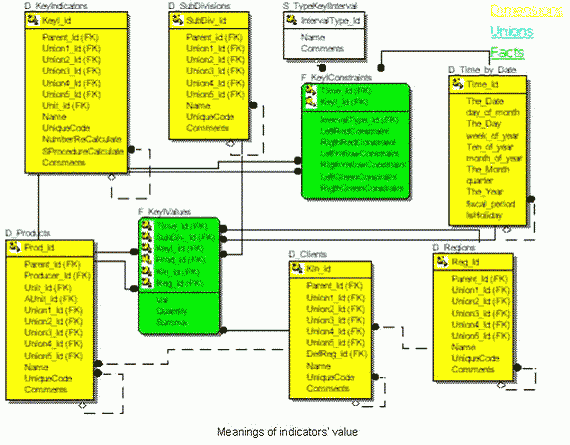
Then write a check for $90 which is deposited by someone else. If the bank receives a deposit of $100 it can lend out $90. Lend a maximum of ten times the amount deposited. If 10% of deposits are required to be held as reserves, the banks can Reserves place a limit on the amount of money that commercial banks canĬreate. On hand or on deposit with the central bank. That commercial banks hold a certain percentage of their deposits as reserves, The central bank (the Fed in the US) requires The banks could keep on creating "money" indefinitely if it It does not matter if theĭeposit is not with the same bank the clearing system offsets all transactionsīetween banks and any temporary shortfall is made up by inter-bank loans. The bank can loan me the extra $1000 simply because there is aĬorresponding deposit of $1000 in another account. Time increases your account by $2000 and reduces my account by the same amount.

You for $2000, where does the additional money come from? The transaction this If one year later, you decide to sell the asset and I purchase it back from

Payment is normally effected by reducing your checking account by $1000 and If you purchase an asset from me for $1000, the delta conditional value-at-risk (\(\Delta \) seems to be able to divide the good from the bad, from a systemic risk perspective.Most money in the economy is held in the form of deposits with banks rather Recent literature has proposed a market-based measure to assess the contribution of a single bank to the systemic risk, i.e. Finally, we estimate the stability of the UK and US banking systems comparing the years 20 by using real data. This allows us to determine how financial stability of a banking system is influenced by regulatory decisions, such as leverage we discuss the effect of central bank actions, such as quantitative easing and we determine the cost of rescuing a distressed banking system using re-capitalisation. We investigate the parameter space and the corresponding distribution of operating banks mapping the conditions under which the whole system is stable or unstable. We solve the problem analytically for a homogeneous system and test the robustness and generality of the results with simulations of more complex systems. are connected through an interbank lending network and, whenever a bank is distressed, its creditor cannot expect the loan from the distressed bank to be repaid, potentially becoming distressed themselves. In our stylized system, banks can be in two states: normally operating or distressed and the state of a bank changes from normally operating to distressed whenever its liabilities are larger than the banks' assets.

We report a study of a stylized banking cascade model investigating systemic risk caused by counterparty failure using liabilities and assets to define banks' balance sheet. We also find that an increase in central bank independence can ameliorate the effects of environments characterized by a low level of financial freedom or high market power that, by themselves, enhance the systemic risk contribution of banks. There might be trade-offs between central bank independence and a central bank’s financial stability mandate and that central bank independence may exacerbate the effect of a crisis on the contribution of banks to systemic risk, hence the need for a coordinated interaction between central banks and the governments. Secondarily, we study how the central bank independence affects the impact of selected institutional, country, and banking system indicators on these systemic measures. Moreover, the impact of central bank independence is similar for the stand-alone risk of individual banks. Our results support the case for central bank independence, revealing that central bank independence has a robust, negative, and significant impact on the contribution and exposure of banks to systemic risk. We investigate the relationship of central bank independence and banks’ systemic risk measures.


 0 kommentar(er)
0 kommentar(er)
